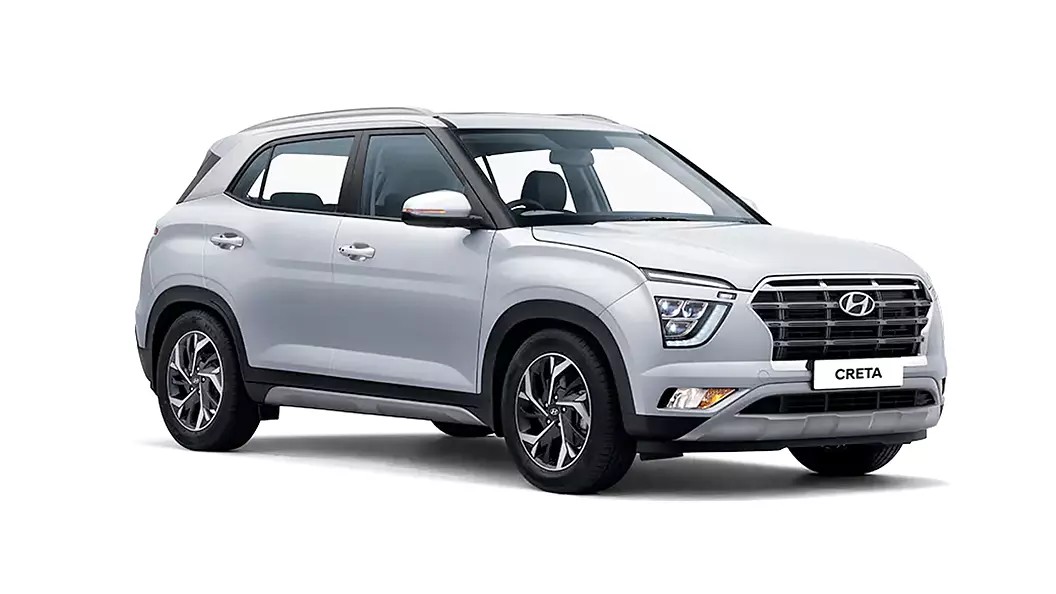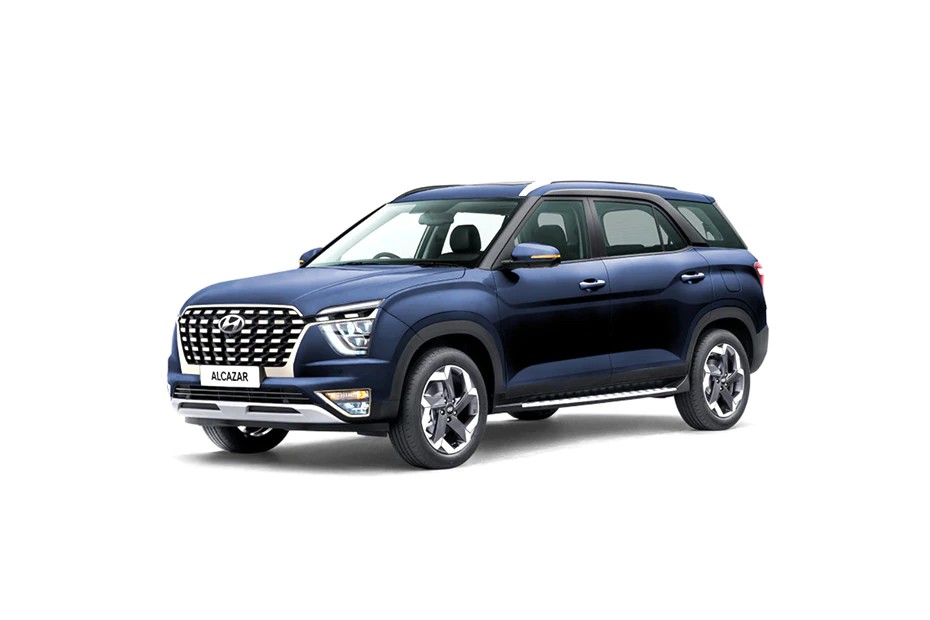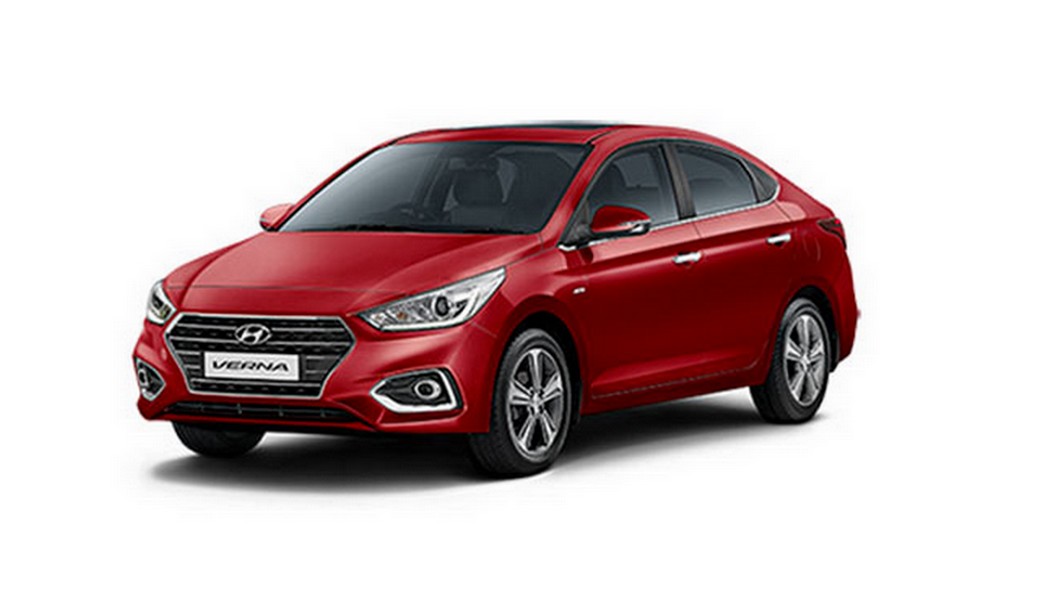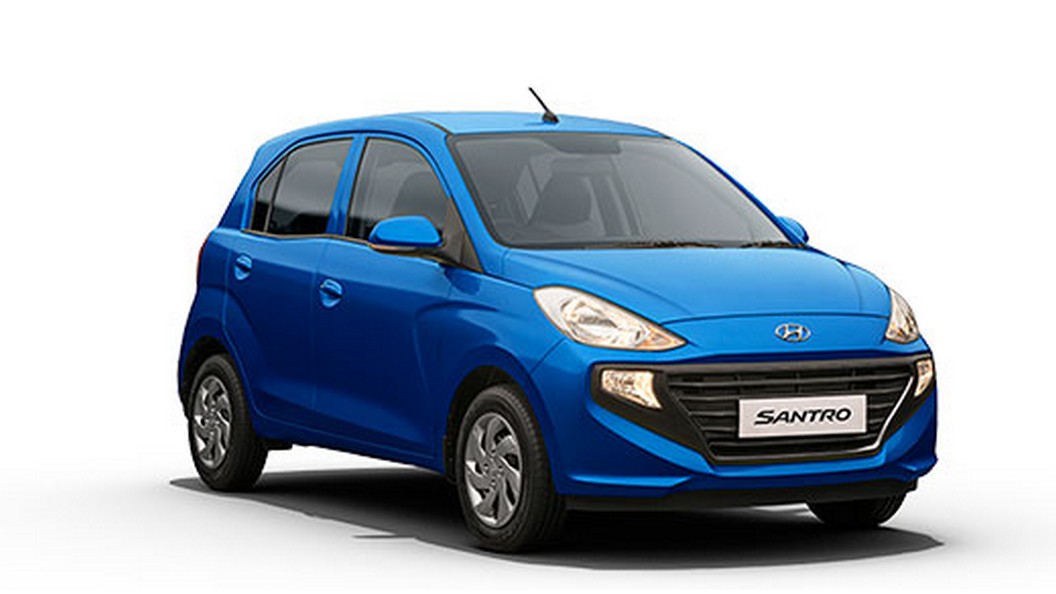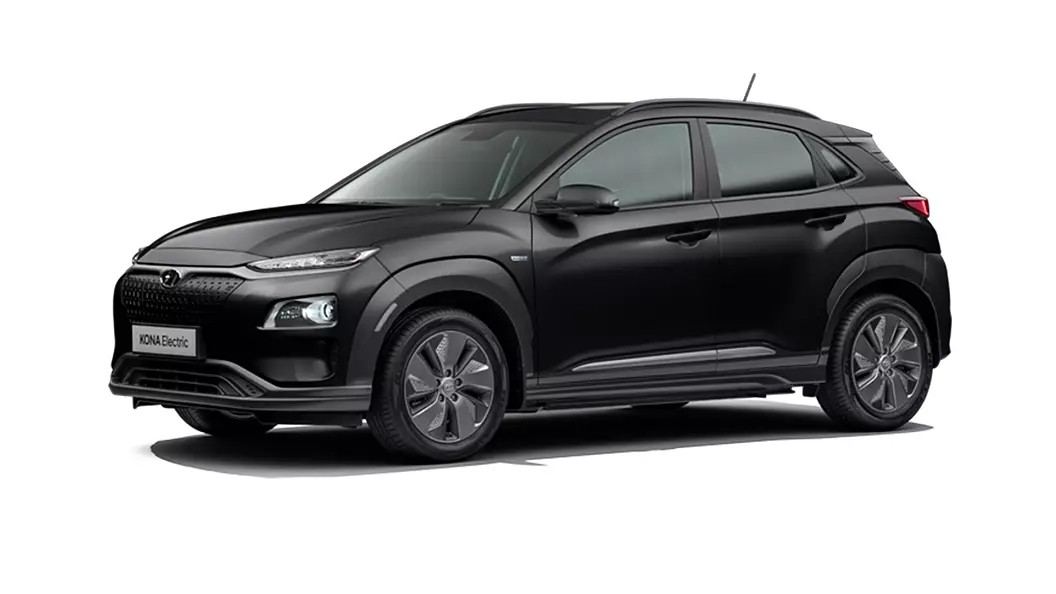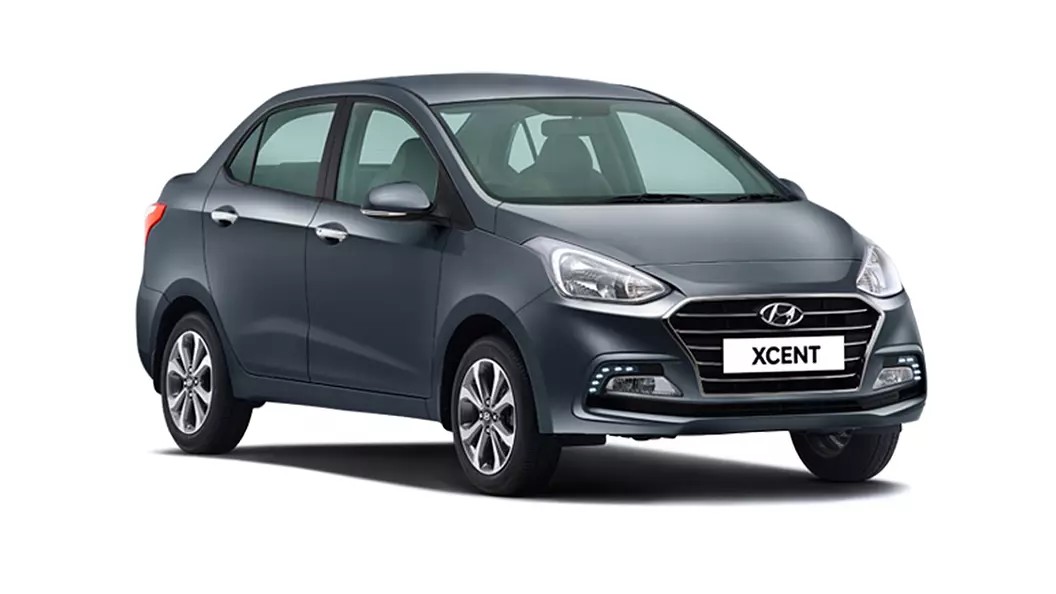Hyundai's N Vision 74 Concept Car, Uses Both Hydrogen And Electricity, Will Soon Be Produced For The Market
2024-08-30

Hyundai is moving forward with producing its N Vision 74 concept car, highlighting the company's commitment to electric vehicles. The car, inspired by the 1974 Hyundai Pony Coupe, is expected to feature a powerful electric-hydrogen engine, offering 670 horsepower and 900 Nm of torque, marking a major step in high-performance electric vehicles.
Hyundai is preparing to produce its hydrogen-electric car, the N Vision 74. As the automotive industry shifts away from fossil fuels, companies are focusing on alternatives like hybrids, fully electric vehicles, and hydrogen-powered cars. Hyundai, a leading South Korean automaker, is actively exploring these new options. The brand has already launched several electric vehicles and is now taking a further step by turning its N Vision 74 concept car into a production model, reinforcing its commitment to electrification.
Hyundai confirmed that the N Vision 74 will enter production during its annual CEO and investor day presentation. The brand referred to the vehicle as its future "high-performance EV." The concept, which was showcased earlier, is a tribute to the 1974 Hyundai Pony Coupe, designed by the famous Giorgetto Giugiaro, who also designed iconic cars like the DMC DeLorean, Lotus Esprit Series, Fiat Panda, and VW Golf MK1.
Unlike the other cars mentioned, the Vision 74 stands out with its retro-inspired design, featuring sharp lines and a large rear spoiler. The car's headlights are borrowed from the Ioniq 5, and the tail lamps also contribute to its bold and aggressive look.
Hyundai hasn't confirmed the exact details of the powertrain yet, but it's expected to feature an electric-hydrogen system. Reports suggest it will have an 800-volt all-electric powertrain with two electric motors that produce 670 horsepower and 900 Nm of torque. This power will be sent to the rear wheels. The car is likely to come with a 62.4 kWh battery pack to generate this power. Additionally, it will have an 85 kW hydrogen fuel cell stack, powered by hydrogen tanks located at the rear of the vehicle.

